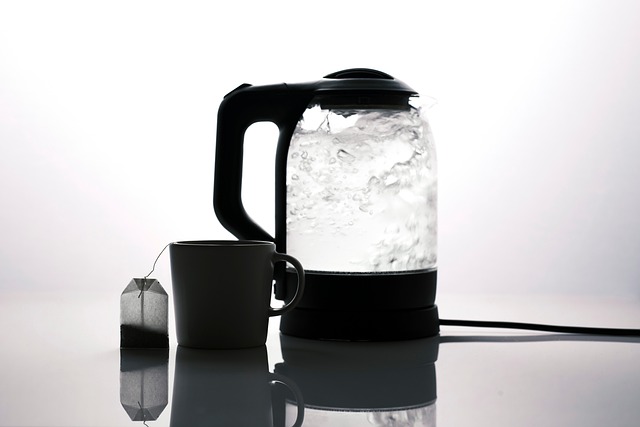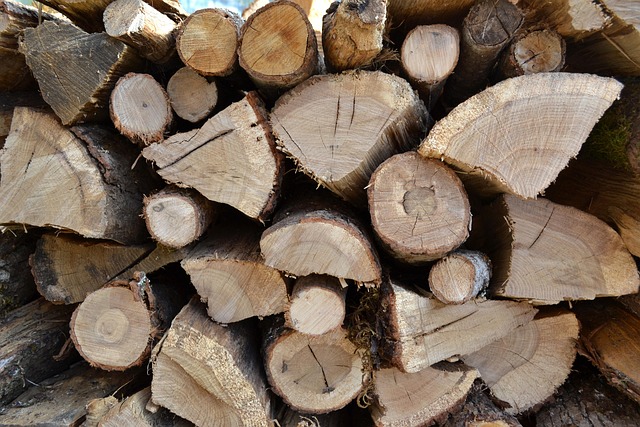Regular water heater flushing (at least annually) is vital for Water Heater Maintenance. It clears mineral deposits and sediment, boosting efficiency, extending the heater's lifespan, and preserving water quality. This simple process involves shutting off cold water, opening hot taps, connecting a garden hose to the drain valve, releasing heated water until clear, refilling with cold water, then reactivating gas or electric supply. Correctly maintaining your water heater prevents corrosion, reduces energy usage, and keeps plumbing running smoothly.
Water heater flushing is a crucial aspect of regular water heater maintenance, ensuring optimal performance and longevity. This process involves removing sediment buildup inside the tank, which can cause efficiency issues and even failure. Understanding why it’s important—from preventing corrosion to enhancing energy efficiency—is key to maintaining a reliable hot water supply. Learn how to flush your water heater properly with our step-by-step guide and avoid common mistakes to keep your system running smoothly.
- Understanding Water Heater Flushing: The Why Behind the Practice
- Step-by-Step Guide to Effective Water Heater Flushing
- Common Mistakes to Avoid During Water Heater Maintenance
Understanding Water Heater Flushing: The Why Behind the Practice

Water heater flushing is an essential practice in maintaining your home’s water heating system. It involves regularly clearing out sediment and mineral buildup that can accumulate inside the tank over time. This process is crucial for several reasons. First, it ensures efficient heating and optimizes the performance of your water heater. Over time, sediments can insulate the water, preventing heat from reaching the water at the bottom of the tank, thus reducing overall efficiency. By removing these sediments, you allow better heat circulation, leading to faster heating times and improved energy usage.
Regular flushing also helps extend the lifespan of your water heater. Sediment buildup can cause corrosion and damage internal components, potentially leading to costly repairs or even failure. Additionally, it maintains water quality by preventing rust and sediment from leaching into your hot water supply, ensuring a consistent flow of clean and safe water for everyday use. Water heater maintenance, including flushing, is a simple yet powerful way to keep your home’s plumbing system running smoothly.
Step-by-Step Guide to Effective Water Heater Flushing

Step-by-Step Guide to Effective Water Heater Flushing
Regularly flushing your water heater is a vital part of proper water heater maintenance. It helps remove mineral deposits, sediment buildup, and even corrosion that can accumulate over time, improving efficiency and extending the lifespan of your unit. The process involves a few simple steps. Start by shutting off the cold water supply to prevent any sudden temperature changes from damaging pipes or appliances downstream. Next, open hot water taps in your home, allowing pressure to equalize before draining the tank. Connect a garden hose to the drain valve and direct it to a safe outdoor location. Turn on the valve, releasing the heated water from the tank. Continue until the water runs clear, indicating that sediment has been removed. Once empty, refill the tank with cold water, then turn on the gas or electric supply (depending on your heater type), and restore power to any controls or timers.
Common Mistakes to Avoid During Water Heater Maintenance

When it comes to water heater maintenance, avoiding common mistakes is key to ensuring optimal performance and longevity. One frequent error is neglecting regular flushing. Over time, sediment and mineral buildup can accumulate at the bottom of your water heater, leading to reduced efficiency and even potential damage. Always remember to flush your water heater at least once a year, or more frequently if you notice decreased hot water pressure.
Another mistake to avoid is improper handling of hot components. Never use cold water or allow ice to form inside the tank, as this can cause thermal shock and potentially lead to ruptures. Additionally, be cautious when removing the temperature and pressure (T&P) relief valve; ensure it’s done correctly to prevent leaks and pressure buildup. Proper maintenance involves understanding these simple yet critical steps to keep your water heater running smoothly.
Regular water heater flushing is an essential aspect of proper water heater maintenance, ensuring longevity and optimal performance. By removing sediment buildup, you prevent energy wastage and costly repairs. Following the step-by-step guide provided, you can effectively flush your water heater and significantly improve its efficiency. Remember, preventing is always better than curing, so incorporating this practice into your routine water heater maintenance regimen will save you time, money, and potential headaches in the long run.
